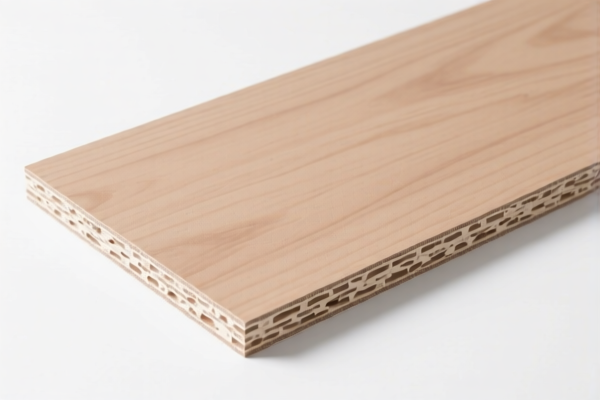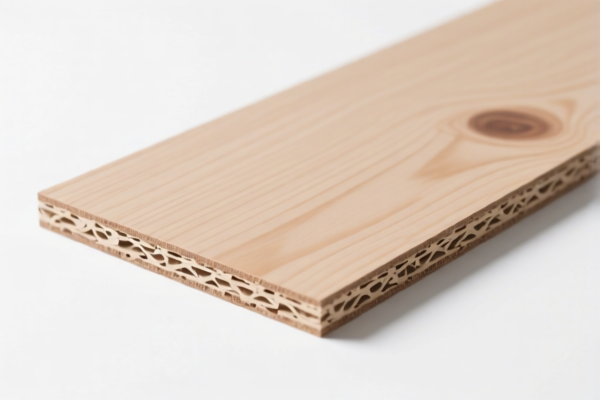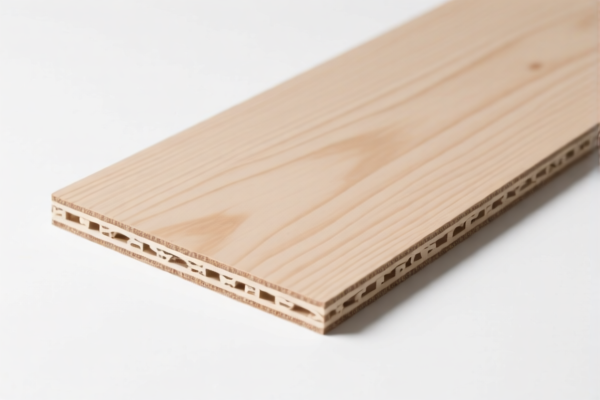| HS Code | Official Doc | Tariff Rate | Origin | Destination | Effective Date |
|---|---|---|---|---|---|
| 4413000000 | Doc | 58.7% | CN | US | 2025-05-12 |
| 4410190060 | Doc | 55.0% | CN | US | 2025-05-12 |
| 4410900000 | Doc | 55.0% | CN | US | 2025-05-12 |
| 3925900000 | Doc | 60.3% | CN | US | 2025-05-12 |




Circular Density Board
A circular density board (also known as a step wedge) is a precision optical tool used to determine and calibrate the density of photographic materials and images. It consists of a series of progressively darker steps arranged in a circular pattern, typically ranging from clear (zero density) to opaque (maximum density).
Material:
Historically, these boards were constructed using gelatin silver emulsions on a glass or plastic substrate. Modern versions frequently employ photographic film or coated plastic. The key is a precisely controlled and stable density gradient.
Purpose:
The primary purpose of a circular density board is to provide a known standard for assessing optical density. This is critical in several applications:
- Calibration of Scanners and Digital Imaging Equipment: Ensuring accurate reproduction of tonal range.
- Film Development Control: Monitoring consistency of film processing.
- Exposure Determination: Assessing the range of light levels a photographic material can capture.
- Print Quality Control: Evaluating the tonal range and contrast of prints.
- Density Measurement: Using a densitometer to quantify the density of each step.
Function:
The board functions by providing a series of known densities. A densitometer is used to measure the optical density of each step. These measurements are then used to create a calibration curve, or to verify the accuracy of other measuring devices. The circular arrangement allows for convenient measurement around the center of a light beam or imaging area.
Usage Scenarios:
- Photographic Laboratories: Routine quality control and calibration.
- Pre-Press Industry: Ensuring accurate color reproduction in printing.
- Scientific Imaging: Density measurements in applications like astronomy, medical imaging, and remote sensing.
- Archival Preservation: Assessing the degradation of photographic materials over time.
- Scanner Repair/Maintenance: Validating scanner performance after servicing.
Common Types:
- Step Wedge (Transmission): Designed for measuring the density of transparent or translucent materials. Light passes through the steps.
- Step Wedge (Reflection): Designed for measuring the density of reflective materials, like photographic prints. Light reflects off the steps.
- Neutral Density Wedge: Steps are designed to reduce light intensity equally across all wavelengths, used for controlling exposure.
- Gray Scale Wedge: Steps represent a range of gray tones, useful for visual assessment of tonal reproduction.
- Film Density Wedges: Specifically calibrated for different film types and development processes.
- Digital Step Wedges: Software-generated wedges used for calibrating digital imaging systems.
Circular density board is categorized under densified wood products.
Here are the relevant HS codes based on the provided information:
- 4413000000: This HS code covers densified wood, in blocks, plates, strips or profile shapes. This is a broad category encompassing various forms of densified wood, including circular density board.
- 44: Wood and articles of wood; wood charcoal. This chapter generally covers products made from wood.
- 13: Densified wood. This heading specifically refers to wood that has been compressed to increase its density.
- 000000: This subheading indicates that the code applies to all forms of densified wood within this category.
Regarding HS code 4413000000, the applicable tax rate is a base tariff of 3.7%, a surcharge of 25.0%, and a surcharge of 30% after April 2, 2025, resulting in a total tariff of 58.7%.
Customer Reviews
No reviews yet.